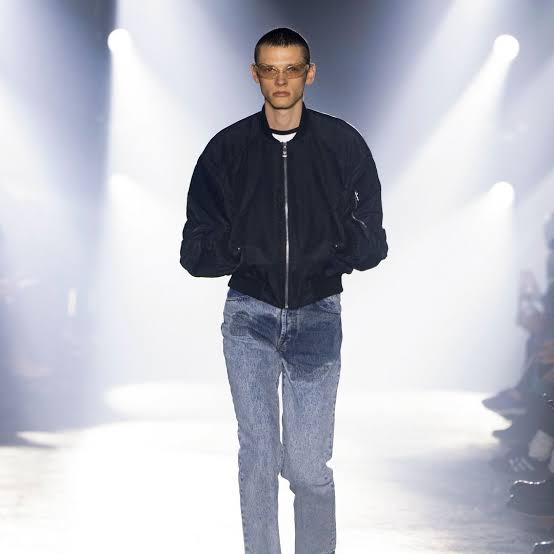The introduction of “pee stain jeans” by a fashion brand has sparked significant controversy, reflecting a broader debate about the intersection of fashion, taste, and ethics. This provocative offering epitomizes the trend of “distressed” or “vintage” clothing, where deliberate wear and tear are incorporated to create a specific aesthetic. However, the inclusion of what appears to be urine stains catapults this trend to an extreme, challenging societal norms and consumer sensibilities.
Fashion has long been a medium for self-expression and boundary-pushing, often blurring the lines between art and commerce. Yet, the deliberate incorporation of bodily fluids into clothing raises ethical concerns and questions regarding the commodification of shock value. While some may view it as edgy or avant-garde, others find it distasteful and disrespectful, particularly considering the hygiene implications and potential offense to those with personal or cultural aversions to bodily fluids.
Furthermore, the exorbitant price tag attached to these jeans exacerbates the controversy, raising questions about the value proposition and elitism within the fashion industry. Such pricing not only reinforces exclusivity but also underscores the disconnect between luxury fashion and the everyday consumer experience.
Ultimately, the “pee stain jeans” phenomenon underscores the evolving nature of fashion and its ability to challenge societal norms. However, it also highlights the importance of critical discourse and ethical considerations within the industry. As fashion continues to push boundaries, it must do so responsibly, mindful of the impact on individuals and communities, and the broader cultural narrative it shapes.


